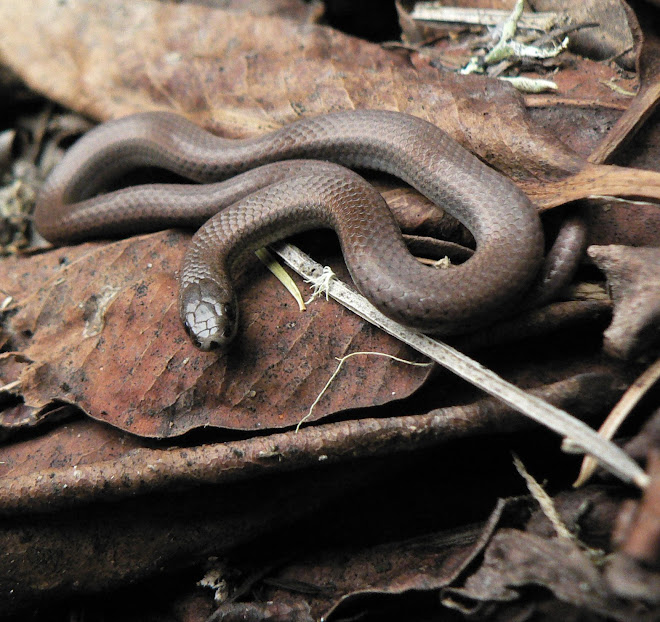ROSEBAY WILLOWHERB
June 15, 2007
The showy, rose-pink, nectar rich blossoms of this plant provide sustenance for many of our pollinators and a fragrant, dark amber honey for our tables. Growing to three metres in height, they can blanket the scars of disturbed and burnt over clearings, contributing to the healing process of a devastated landscape and beginning the process of succession to a forest once again. Recognise it?
Maybe you are more familiar with it’s commonly used name of fireweed, the name denoting, of course, it’s propensity for appearing after a fire. How much more charming is rosebay willowherb! The willow refers to the long, narrow leaves that are a darker green above than below.
Whatever you choose to call this plant, it has unfairly been described as a weed, a reference that tends to make you think it is a nuisance plant, without value or saving grace. A glance at the picture refutes the ugly connotations of the term weed, the one inch flowers, with their four petals and conspicuously drooping long pistil, offer spectacular beauty. The elongated flowerheads slowly open and lengthen from the bottom to top, providing a long season of bloom that begins in late June in our area. Attractive to bees, moths and hummingbirds, apparently pollinator activity is highest around one p.m., when nectar production is at its greatest. Many plants have evolved staggered times when nectar yields are highest, to ensure that the pollinators visit and disperse pollen to a particular species, helping to guarantee successful fertilization.
The beautiful white-lined sphinx moth, as well its cousins the bedstraw and yellow-banded sphinx moths, use rosebay willowherb as a host plant for their caterpillars. These remarkable large moths, usually seen flying at dawn or dusk, are sometimes referred to as hummingbird moths, as their flight patterns and ability to hover over a flower are similar. Many people do a double take when seeing them for the first time, thinking, “what kind of strange hummingbird is this?” The harmless “horn” at the end of the caterpillar’s body gives rise to their alternate name of hornworm caterpillars (the tomato hornworm is an introduced sphinx moth whose caterpillars favour tomato and tobacco plants). The white-lined sphinx moth use fireweed, other members of the primrose family and a variety of other species as host plants for their caterpillars. Meaning they lay their eggs on fireweed so the caterpillars will have a food source near at hand (many butterfly and moth caterpillars have very specific plants that they will consume). Sphinx moths are useful in the pollination of many plant species including columbine, honeysuckle and clovers.
Rosebay willowherb has been used by humans for millennia. First Nations’ used the downy, white seed-fluff (sometimes mixed with feathers or dog or goat wool) as a padding and in weaving. The stems could be split, the pith removed (and eaten when young) and the tough fibres manufactured into a twine used in making fish nets and the emerging shoots of the plant can be eaten somewhat like asparagus. The leaves are rich in vitamin C and beta-carotene and a tea can be made from them, good for use as a gentle laxative.
Rosebay willowherb is considered a pioneer species - meaning it is an invaluable helper in repairing damaged ecosystems; the tiny floating seeds have evolved to find disturbed landscapes to inhabit. Plant succession (a natural progression from bare land to forest) is, in part, a soil building process. Pioneer species like fireweed help to increase nitrogen in the landscape and their decomposition adds nutrients to poor and damaged soils. This helps create a habitat that can be suitable for (example) alders, which will continue to improve and modify soil conditions, which, in turn, permit other species to continue a step by step rehabilitation, eventually culminating in a climax species such as Douglas-fir.
Use rosebay willowherb cautiously in a garden setting, unless you appreciate the type of garden that self seeds prolifically. A multitude of tiny seeds are borne aloft by their white, silken parachutes, alighting and germinating in suitable habitats. Another strategy for survival is their increase through their wide-spreading rhizomes. If you appreciate their usefulness and beauty and have enough space or a disturbed area you wish to improve, they are easily multiplied through division.
As you enjoy their remarkable flowers and the delicious honey produced from their nectar, give a thought to the important job they do as a “hospital” for a damaged landscape.
REFERENCES:
Plants of Coastal BC by Pojar and MacKinnon
Food Plants of Coastal First Peoples by Nancy J Turner
Wild Flowers of the Pacific Northwest by Lewis J Clark
Succession: http://www.uaf.edu/sunstar/archives/20070501/glacial.html
Butterflies and Moths of Vancouver Island by Jeremy Tatum at
http://facweb.furman.edu/~snyderjohn/tatum/
Subscribe to:
Post Comments (Atom)









No comments:
Post a Comment